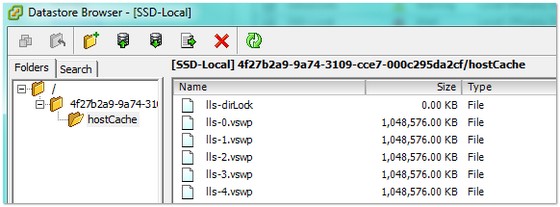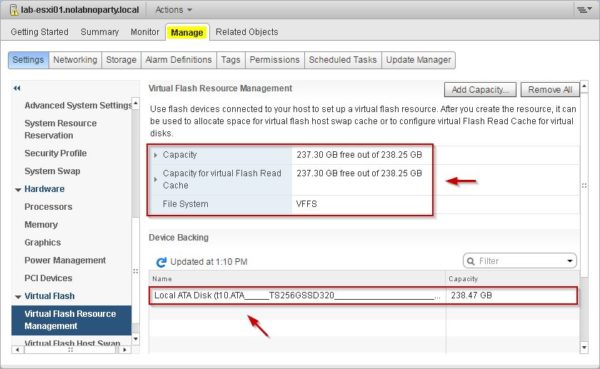

The vSphere 5 docs include detailed instruction on how to do this. In the rare event that an SSD is not properly detected you can use Storage claim rules to force its type to SSD. To list all disk devices and their properties.

If you prefer the CLI to do this check then you can run The Drive Type will be shown there either as non-SSD or SSD: In the vSphere Client you need to look at Host/Configuration/Storage/Devices. This is fully supported by VMware, and the remainder of this post will focus on this usage scenario.Īfter you have built an SSD disk into your host you should at first check whether it was properly detected as SSD or not. as a regular datastore: Of course you can also just format your SSD disks with VMFS and use them as regular datastores for your VMs.For further information you can read Duncan Epping's introduction to VSAN and the white paper What's new in VMware Virtual SAN (VSAN). It allows to combine the local storage of multiple ESXi hosts into a dynamic and resilient shared pool and even requires to include at least one SSD per host which is used as write buffer and read cache. as part of a Virtual SAN (VSAN) (soon coming): VSAN is in public beta right now and will require vSphere 5.5 once it is generally available.The vSphere 5.5 Storage documentation includes details on how to set this up.
VMWARE ESXI 5 SSD CACHE PLUS
However, it requires Enterprise Plus licensing. I consider the latter to be much more useful than a swap cache, because it allows you to use SSDs as a drive cache for a VM's virtual disks that are stored on regular hard disks.

VMWARE ESXI 5 SSD CACHE PC
I can well remember my delight when I equipped my home PC with an SSD for the first time and saw Windows booting ten times faster than before, in only a few seconds. What is their benefit? Since they are based on Flash memory SSDs offer a much higher throughput and much lower latency than traditional magnetic hard disks. Taking same number of drives in the array) as some people started to move off one of y post using 1,000,000 SATA HDD vs 4x SAS as a state-of-the-art enterprise storage architectures make use of SSD (Solid State Disk) storage in one or the other way, and - with the inevitably dropping prices - they have become affordable even for home use. Yes, but RAID 10 SATA HDD will not out perform RAID 5/6 SAS HDDs while RAID 10 SAS HDDs will not out perform RAID 5 SSDs.taking same number of drives in the array. RAID 10 is faster than RAID 5 or RAID 6.

If add SSD cache to SATA or SAS HDDs, it will improve write performance : it might but very very limited unless you compare with the same SATA or SAS HDDs, some reported like 150% to 500% speed increase, but will not make them work like SSDs. If add SSD cache to SSDs, it will improve write performance : it might but very very limited. I'd look elsewhere for performance gains. Also, CacheCade is limited to 512GB of SSD. Using them as VM hosts, I didn't really see much in terms of a performance boost. I ran some R720xd's 24x2.5" with 2 drives in the rear 2.5 bays with SSD in CacheCade.


 0 kommentar(er)
0 kommentar(er)
